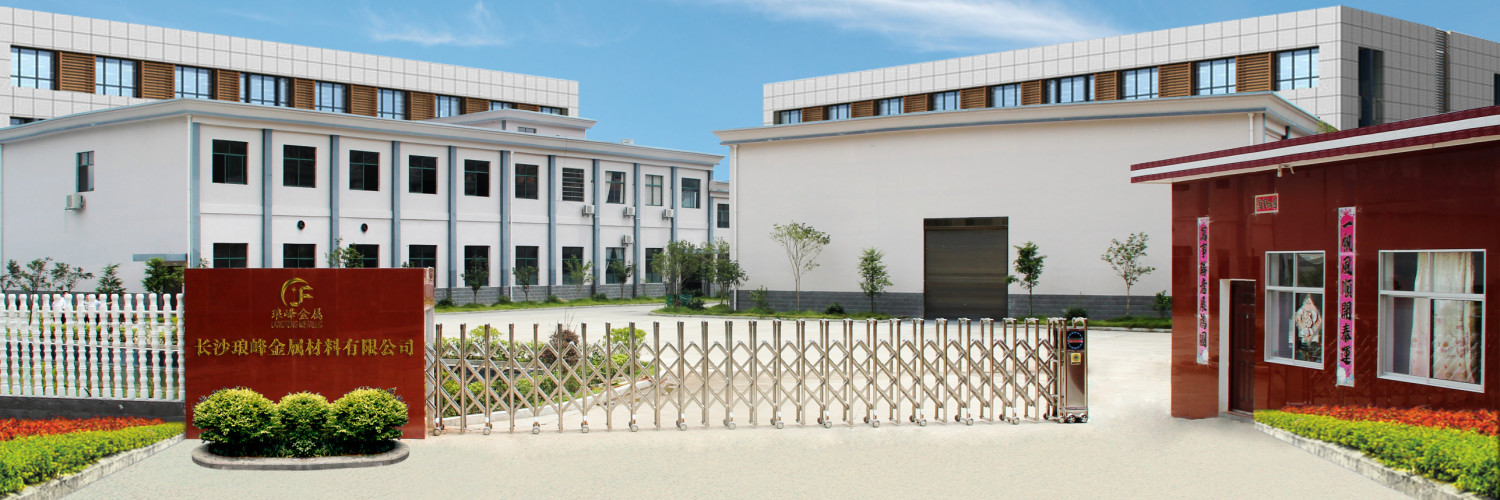Thermal Spraying Technology application field
Whether it is mechanical parts or metal structures, the most prominent problem is the surface wear or corrosion or both. Here’s a brief overview of the U.S. METCO coating application guide.
1, Wear resistanceThermal Spraying Technology applications at the maximum high and low temperatures. Such coatings specifically divided into the following situations;
- resistance to adhesive wearor scratchthe two surfaces sliding when debris from one surface to the other surface, the occurrence of adhesive wear or scratches. Special typical coating is tungsten carbide cobalt-based, nickelchromium / chromium carbide coating.
- abrasive wearwhen a hard surface slides on softer surfaces, and the presence of wear between the two surfaces, the occurrence of abrasive wear. When the fiber and yarn at high speed through the surface, but also occurs abrasive wear. Typical coating is cobaltbased proprietary nickelchromium alloy, self fluxing mixed molybdenum, chromium oxide coating.
- frettingresistance, repeated loading and unloading cycle stress cause surface cracking and large loss. Special typical coating is aluminum / titanium dioxide coating.
- resistance to cavitation wearresistant liquid flow on the surface cause the mechanical shock. Special typical coating is aluminum bronze coating.
- resistance to erosion , gas or liquid particles in highspeed impact surface, would be occur erosion wear. Special coatingis alumina/titanium dioxide, aluminium oxide coating.
- High temperature& oxidation resistance, such coatings resistant to chemical or physical decomposition, improve the parts of high temperature performance. Such coatings are divided into the following situation.
(1) thermal barrier coatingAct as a thermal barrier between the parts and the high temperature environment.Special typical coating is with yttria zirconia coating of stabilizing treatment.
(2) high temperature & oxidation resistance coatingprotect the base. Special typical coating is nickel/chromium coating.
(3) Heat resistant corrosion coatingProtection the matrix which exposed to the heat of the corrosive gas Special typical coating is nickel / chromium coating.
3.anticorrosion coatingselect this type of coating is more complicated, because the parts incorrosion status, the environment temperature and a variety of media has certain requirements, generally use the cobalt base alloys, nickel base alloy and oxide ceramic as coating material, by increasing the density of the coating, to block the penetration of corrosive medium; Select the reasonable coating materials and parts base material oxidation/reduction potential, to prevent electrochemical corrosion, corrosion inhibiting sealant.
4, conductive coating or insulation coatingsuch coatings are divided into the following situation:
(1) conductive coating, special typical coatings is copper coating.
(2)insulation coating, special typical coatings is aluminum oxide coating.
(3) barrier coatings Anti-electromagnetic interference (EMI) or high-frequency interference (RFI) special typical coating is copper coating.
- restore the sizethis type of coating is mainly used for repairing or machined parts due to wear ultrapoor. The choice of coating material depends on the requirements of the part.
- gap control coatingssuch coatings provide tight seal gap,significantly improve equipment performance and operational efficiency. Contact with the mating parts, coating priority controlled wear. The Typical coating is nickel / graphite mixture polyester aluminum, aluminum / graphite coating.
Select the main basis for thermal spraying (before selecting the thermal spraying, it is necessary to clarify the above several aspects)
(1) Corrosion of parts. Part in what medium; parts operating temperature; force parts of the case and the load size; Failure parts.
(2Parts of the physical and chemical condition. Parts of the material, composition, size and shape; whether have used the other surface treatment method; thermal expansion coefficient; wear and the location and size;
(3) To the technical requirement of the coating, such as the thickness, hardness and bonding strength of coating; Size and deformation limit and precision grade; Machining performance and the surface roughness, etc.;
(4) Economic rationality, using thermal spray parts of the new pre-failure protection or repair parts, in addition to technical necessity, but mostly for economic reasons. After calculation, the average cost of spraying only about 20% of the price of the parts, of course, also have a greater proportion, or even much higher than the price of the parts, but the sprayed part of its service life than the non-coating to improve at least several times or more, Some large parts or long manufacturing cycle parts, once damaged, it is difficult to purchase in time, so using the thermal spray to make up for losses caused by the shutdown, it is cost-effective.
LangFeng metallic material Ltd undertake the mission”denefiting all under the heaven”,creating value for customers,help employees grow and help more people progress and development is our firm goal.We specialize in military new materials of rocket systems , coating materials, carbide, cermet cutting tools and development of raw materials, production and sales.Companies advocating green ideas, energy efficiency is the direction of the company, according to the needs of the company’s strategic development, the establishment of an industrial microwave division which is responsible for product development,and production sales.
Stay tuned for detailed product information company official website: http: //www.langfengmetallic.cn

Be the first to comment on "Thermal Spraying Technology application field"